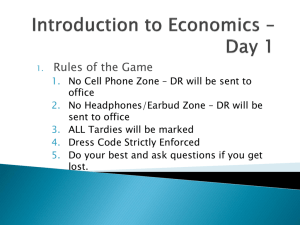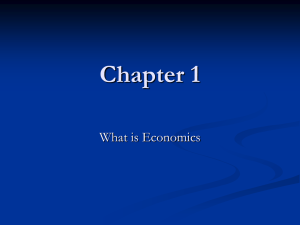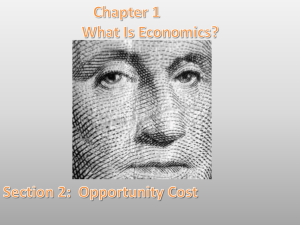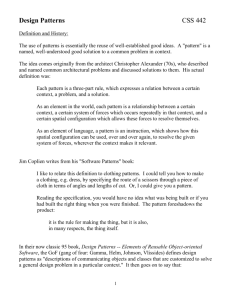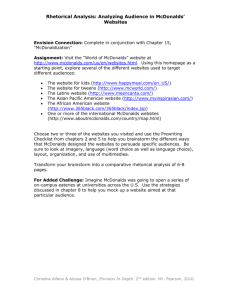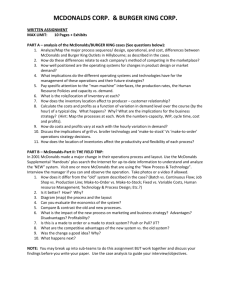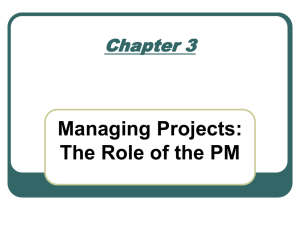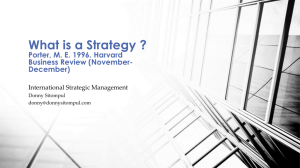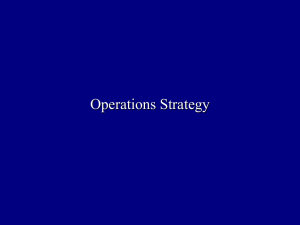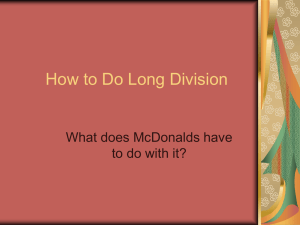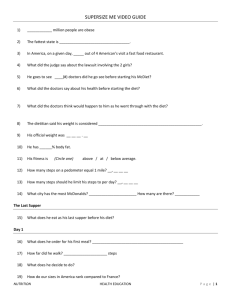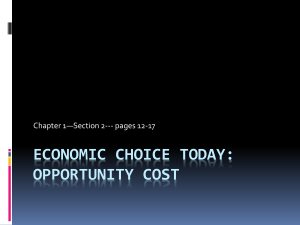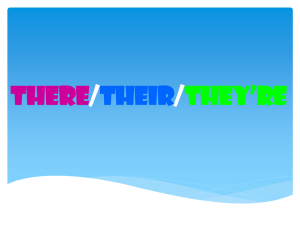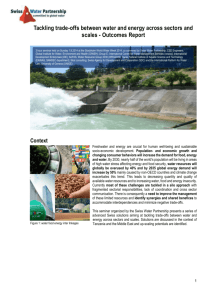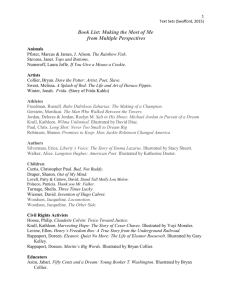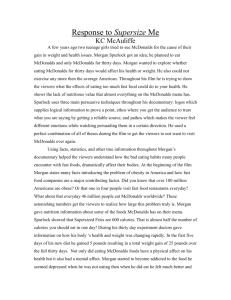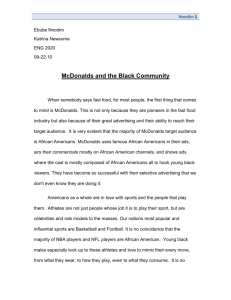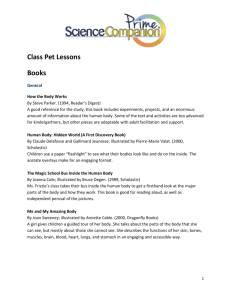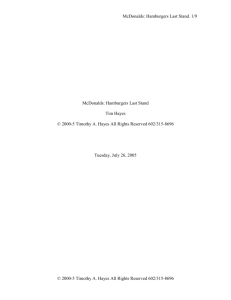Education in Service management
advertisement
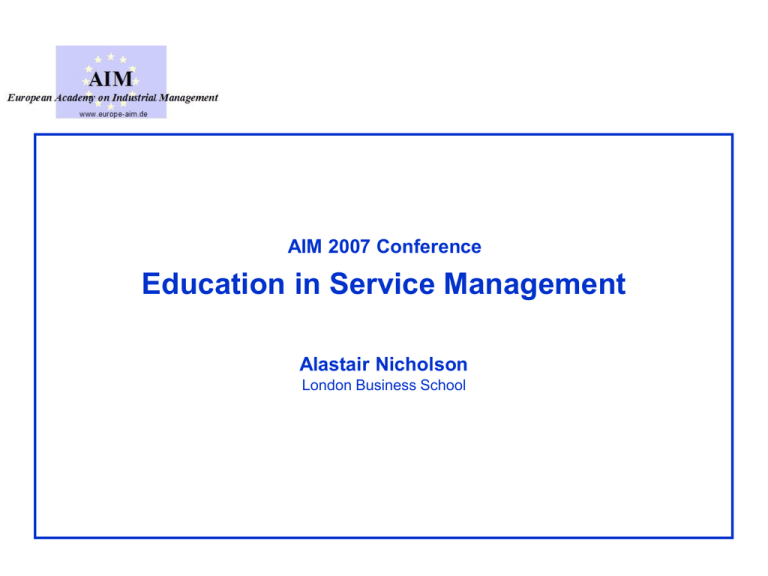
AIM 2007 Conference Education in Service Management Alastair Nicholson London Business School How does service come to mind? Relationships: supplier-receiver Shops Answering machines On-time delivery Queues Quality Standards Consistency with promises made Cultural characteristics: USA, UK... Regulation Positioning service in education Business/management education Graduate/undergraduate Service courses Retailing courses Extension of logistics A natural extension of manufacturing operations management? Technical learning and tooling Operational organisation - assembly Work specification Worker empowerment Logistics and sales chains Quality studies Product life cycle values Service experience management Critical differences from engineering education Difficult to define boundaries Less measurable - attributes, impressions Continuous management of interactions Much less specifiable Frameworks for analysis and consideration - not formulæ for application Parallels with concurrent engineering Design Concurrent engineering Manufacture Service management Customer encounter Make Support Scope and interaction of service experience Marketing activities Profitability requirements Regulatory influence Provider’s operations Architecture of content Impressions /expectations Customer Employee behaviour Culture experience Other customers Essential assumptions for service providers Service is an extension of ‘product’ Need service concept to link marketing and product technology Customers’ views are private Difficulties/disappointments not redeemed by reference to specification Management is spontaneous Requirements are continuously variable Commercial value of service unknown Approach to analysis Two parallel streams Expectation System design Customer experience Service delivery system Satisfaction Cost effectiveness Need to attract customers into service delivery system Need service delivery system to be fashioned to reflect customers characteristics i.e. ‘overlaps’ of impressions and realities critical Concept of the Gap Model Word of mouth communications Personal needs Past experience Expected service Gap 5 Perceived service Customer Provider Gap 1 Service delivery Gap 3 Service quality specifications Gap 2 Management perceptions of customer expectations Gap 4 External communications to customers Elements of value experienced in service encounters Tangible Intangible Sell on these ‘Winners’ Explicit ‘Stated’ ‘For you’ ‘In brochure’ Delivered, noticed or ‘free’ Implicit Unstated, expected in this context Taken as ‘recommendation’ ‘Qualifiers’ Retain on these Factors available for organising the service delivery system Participants Information Channelling Technology Architecture Employee training Décor Points of contact Lines of visibility The context in which service delivery systems operate The service system works within two trade-offs Operational trade-off Productivity Customer service Structural trade-off Economies of “standardisation” Scope for change Trade-offs illustrated in McDonalds Approach to productivity Validation of service concept QSCV Achievement of profitability by the focus on throughput, not margin Trade-offs illustrated in McDonalds Trade-offs illustrated in McDonalds Trade-offs illustrated in McDonalds

